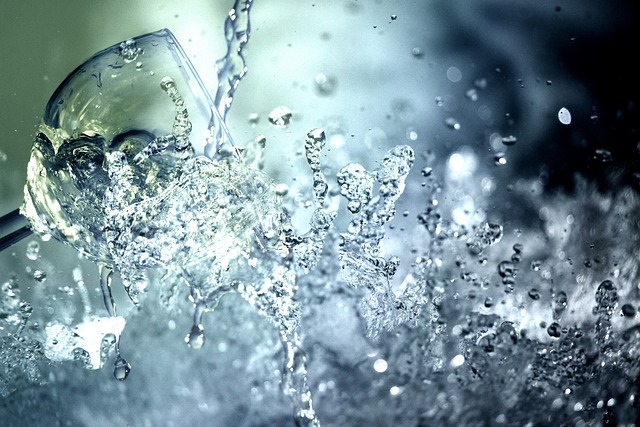Water is a clear, odorless, and tasteless liquid that is essential for life. It is the most abundant substance on Earth and covers over 70% of the planet’s surface. Water is also the main component of most living organisms, including humans, and is involved in many physiological processes.
Chemically, water is composed of two hydrogen atoms and one oxygen atom, with the chemical formula H2O. The molecules of water are polar, which means that they have a slight positive charge on one end and a slight negative charge on the other end. This property allows water molecules to form hydrogen bonds with each other, which gives water its unique properties, such as surface tension and high heat capacity.
Water is crucial for maintaining the body’s temperature, transporting nutrients and waste products, and lubricating joints. It also plays a role in various physiological processes, including digestion, absorption, and circulation. In addition, water is important for maintaining healthy skin, hair, and nails.
The human body is made up of about 60% water, and it is recommended that adults consume at least 8 glasses (64 ounces) of water per day. However, the amount of water required may vary depending on factors such as age, sex, weight, activity level, and climate.
It is important to maintain proper hydration to prevent dehydration, which can lead to various health problems.
There are several sources of water
- Tap Water Tap water is supplied to homes and buildings through a network of pipes and is treated to remove impurities and ensure that it is safe to drink. In many countries, tap water is the primary source of drinking water.
- Bottled Water Bottled water is packaged in plastic or glass bottles and sold in stores. It is often marketed as a more convenient and safer alternative to tap water, but it can be more expensive and can generate plastic waste.
- Natural Springs Natural springs are places where water flows naturally from the ground. These springs are often located in mountainous areas and can be a source of fresh and clean drinking water.
- Lakes and Rivers Lakes and rivers are natural bodies of water that can be a source of drinking water. However, they can be contaminated by pollutants, so water treatment is necessary before consumption.
- Rainwater Rainwater can be collected and used as a source of drinking water. It is often harvested in rural areas or in areas where there is limited access to clean drinking water.
- Wells Wells are a source of groundwater and can be used for drinking water. However, the quality of well water can vary depending on the location and may require treatment to remove impurities.
It is important to ensure that the water consumed is safe and free from harmful contaminants. Drinking water should be treated or tested regularly to ensure that it is safe to drink.
